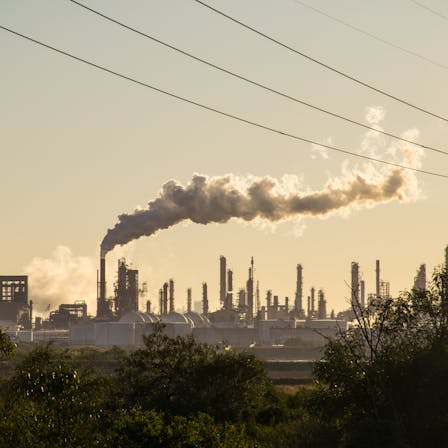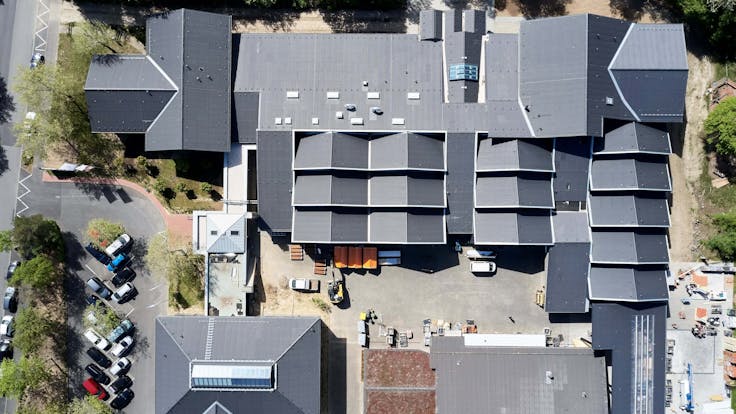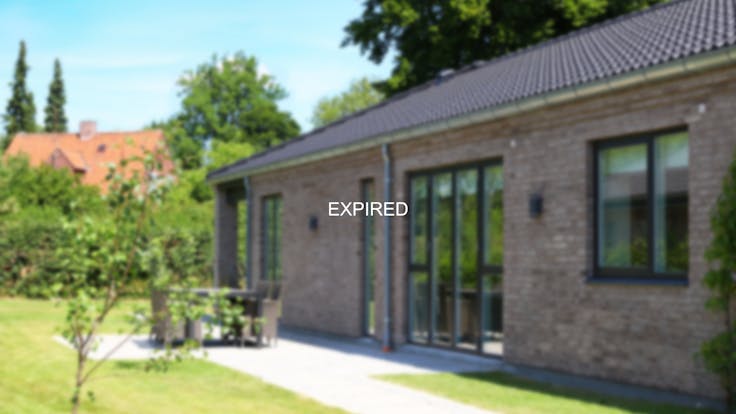It’s time to build a better future
At ROCKWOOL Group, we believe that by decarbonising our business and value chain, we can reinforce the fact that we’re a net carbon negative company. That’s why 2020 saw us join a group of pioneering companies committed to the SBTi.
To meet the Paris Climate Agreement’s goal of keeping the temperature rise well below 2°C, we need to act now. There is no quick fix in the fight against climate change. Reducing greenhouse gas emissions is a team effort, with governments, companies and citizens all doing their part. A lot has been achieved up until now, but there is a long way to go and we need to speed up the process. Even companies who are in the energy saving business must do more.













